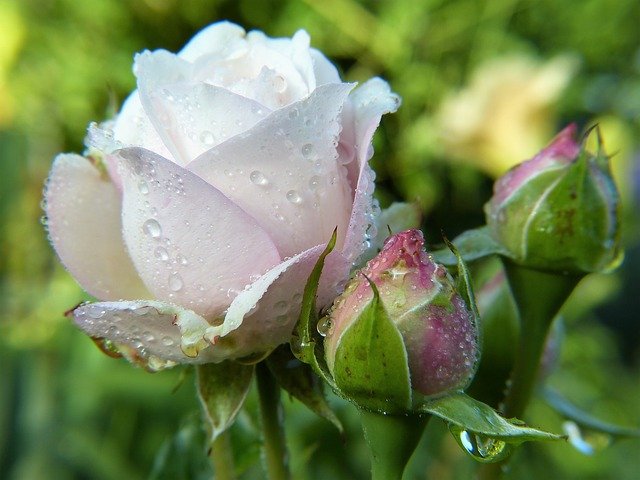The Organic Garden
Most gardeners know that after a while garden soil can become depleted of essential nutrients, resulting in less than happy plants and disappointing crop yields. For this reason, it is important to frequently replenish soil nutrients with a rich organic plant feed. Whilst it is possible to buy commercial feeds and fertilizers from the high street, they may contain chemicals which can be harmful to the environment (we’ll look into this more in future blog posts).
We know from experience that it is certainly possible to grow “bumper” crops year on year, working with nature instead of against it. Our aim at Cultivated Comfrey is to show you how to grow your own comfrey to use as a natural organic alternative to (often expensive) chemical fertilizers. It has to be a win/win for everyone!

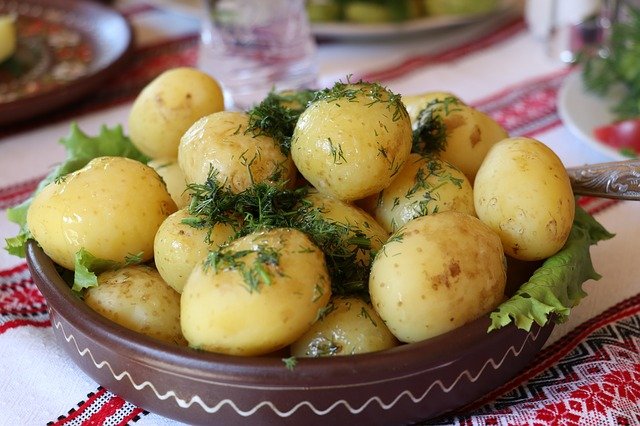
Comfrey for potatoes
The first cut in spring is often used when planting potatoes. A layer of wilted leaves – about 1lb of comfrey per foot of row – positioned in the trench underneath the potatoes will very quickly rot down and provide nutrition to the potato crop.
Comfrey as mulch
Comfrey as a mulch or side dressing – a 2” layer of comfrey leaves placed around a crop will slowly break down and release plant nutrients; it is especially useful for crops that need extra potassium, such as fruit bearers.
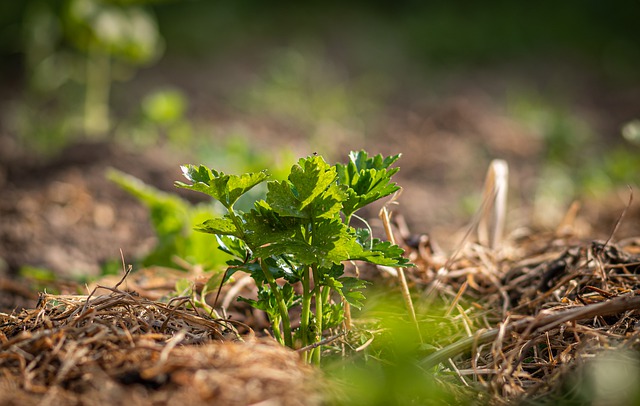

Comfrey as a potting mixture
Use a two year old leaf mold combined with chopped comfrey leaves. Take a strong black dustbin bag or similar and make alternate 4 inch layers of the leaf mold and comfrey and sprinkle with a little garden lime. As the comfrey decays it will release a nutrient of rich black liquid which will be absorbed by the leaf mold. After about 3 – 6 months the mixture will be ready – making excellent general purpose compost.
Comfrey for bees
Some bumblebees with shorter tongues need short open flowers – requiring the nectar to be within their reach. That is why they love Russian comfrey.
Wildflowers have become scarce in the countryside because we have lost many traditional habitats. Many highly cultivated garden flowers are not particularly suitable for bees as they have very little nectar to offer. Comfrey flowers are perfect for them as they are rich in pollen and nectar and it offers a small reward for each probe.
Unlike honey bees, bumble bees do not have a large store of honey in their nests – only sufficient for a few days. Bumble bees drink nectar and eat pollen. It has been estimated that a full honey stomach will allow the bumblebee about 40 minutes flying time. Without the energy provided by the nectar a bumblebee cannot fly and will be unable to reach the flowers and will die.
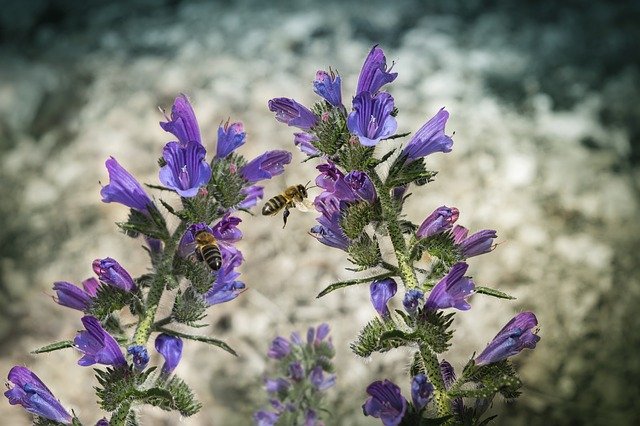
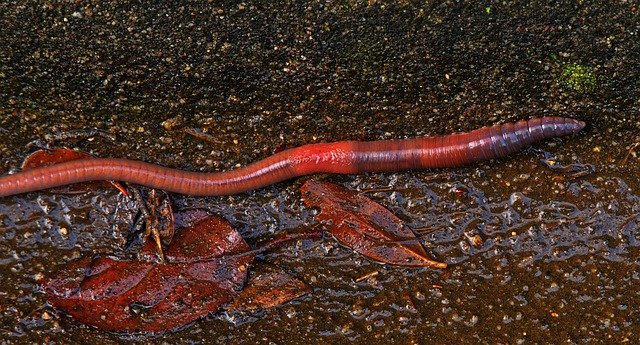
Comfrey for Worms
I always have several tea barrels “on the go” from May – September and feed/water the worm beds with the tea about once a month……..not to be recommended if you keep your wormery close to your house as it smells dreadful! In addition to giving the worms a gentle shower with the tea, they really enjoy munching the comfrey leaves from time to time. Comfrey leaves make an excellent worm food, stimulates breeding and improves the quality of the worm castings.
Comfrey as a slug trap
Slugs are attracted to cut comfrey leaves, however they seem to leave the actual plant alone. Make little piles of cut comfrey leaves where you have a slug problem. Leave overnight. The following morning the comfrey leaves will be full of slugs – dispose of them and repeat the exercise as required. This is the best organic slug trap I have found.
Comfrey tea and comfrey concentrate make a powerful liquid organic fertiliser and are a popular way to use comfrey as the nutrients are immediately available to plants. It makes an excellent feed for tomatoes and peppers also pot plants and hanging baskets.


Comfrey tea recipe
Half fill a water barrel with fresh comfrey leaves and cover with water. I usually put the leaves in hessian potato sacks first and allow it to steep for 6 weeks. Do this away from yours or your neighbour’s house as it will smell foul after a short time!
Comfrey is rich in vitamin B12, which stimulates rapid root growth and reduces transplant shock, making it very beneficial when transplanting.
Comfrey liquid fertiliser concentrate
This is made by stacking the leaves without water. Comfrey concentrate has higher NPK levels than farmyard manure.
Take a plastic bucket and drill a hole ¾” in diameter in the bottom. Pack it with fresh-cut comfrey leaves, weighing them down with something heavy like a brick. Cover tightly. Position a wide necked bottle or container under the hole to collect the concentrate as it starts to drip after about 3 weeks.
Dilute this 1 part comfrey concentrate to 20 parts water.
You can seal this concentrate in plastic bottles and store in a cool dark place until you are ready to use it. The concentrate will keep from one season to the next and does not smell nearly as awful as the comfrey tea.
